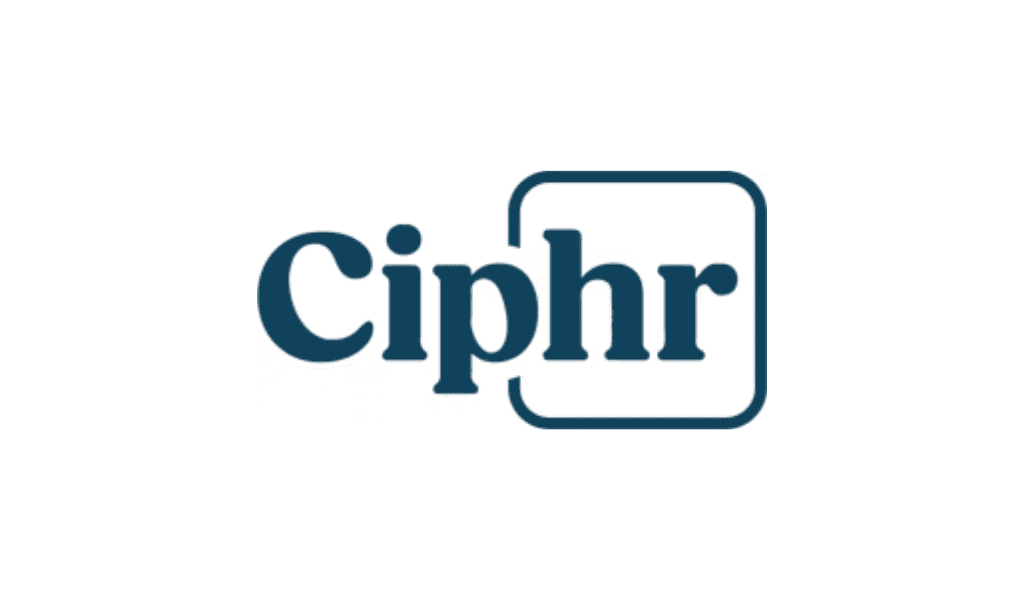Having several roles at the same organization positioned Laurinda Pang for success as CHRO.
By Kim Shanahan
Some people say they do it all -and some people actually do. Laurinda Pang falls into the latter group. As executive vice president and chief administrative officer for Level 3 Communications, she has global responsibility for human resources, corporate strategy, corporate development, corporate communications, investor relations, and corporate social responsibility. She is also executive sponsor of the company’s global diversity and inclusion initiatives. Here she explains her long journey into her role in HR and how her approach is creating an engaged workforce.
You didn’t start in human resources. Describe your journey to your role now.
Pang: My career didn’t follow a predetermined path. I started in telecom in the heyday of telecom, cold calling and slinging long distance in New York for Allnet Communications. After being promoted to a new role, I started taking on project-based work in business operations. I loved the variety within that space and its direct connection to the business. The revenue and cost budgets for the Northeast were part of my responsibilities and from that experience I gained a deep business orientation and understanding of how the organization made money. From there, I helped establish our business in the UK, handling everything from hiring sales, operations, and marketing employees to establishing our presence in the industry. When I came back to work in the United States, I had full profit and loss (P&L) responsibility (sales, marketing, and customer service) for our small business group and then as the product management leader for the enterprise voice product P&L, which was $1 billion at the time.
Two acquisitions later, I eventually moved back into a staff function as chief of staff to the CEO when Global Crossing was in bankruptcy. There was a lot of strategy and restructuring work -channels of distribution, divestitures, engagement with the board of directors, as examples -and it was a great learning experience. The CEO then put me in charge of investor relations (IR) as the company emerged from bankruptcy. When I told our CFO at the time that I didn’t know the first thing about IR, he said the company needed someone who could tell our story. It was an intimidating experience but one that I wouldn’t trade for anything. I learned something with every interaction and had a lot of fun along the way. We focused a great deal of our efforts on the fixed income side as we raised financing. But our growth story was obviously more interesting to the equity investors. It was a tough role but after three years of hard work, I am proud of the fact that we helped turn around Wall Street’s perspective of Global Crossing.
From there, the CEO asked me to look at our customer experience. During bankruptcy, the company had gotten very proficient in doing whatever it took to serve our customers and they appreciated the service we provided to them. In order to maintain our differentiated position in the market, we needed to scrutinize and improve processes, systems, and continue to build our culture around customer experience.
During this time, I became very interested in the people side of the business, knowing that at the end of the day, employees deliver the customer experience on behalf of the organization.
I started taking graduate courses to understand what motivates people in the context of customer experience with the idea that motivated employees deliver a better experience. This can ultimately lead to greater profitability. When my CEO asked me to take over as CHRO of Global Crossing, I told him I would take on the challenge, but I would lead HR differently. I had new insights and ideas that I wanted to implement. When Level 3 acquired Global Crossing, Level 3 asked me to become CHRO of the combined entity. Initially, I was hesitant because I wanted to go back into the business side of management. But I realized I wanted to make sure the former Global Crossing employees had a leader they knew and trusted as they started down the path of integration. After three years at Level 3, I was able to jump back into the business and expand my responsibilities to now include corporate strategy, corporate development, communications, and investor relations.
Describe the market conditions when you joined Level 3 from the Global Crossing merger.
Pang: Level 3 had been in business for more than 15 years and built the world’s first global IP network. As part of an overall strategy, the company acquired a variety of businesses to diversify, enhance its network, and move into the enterprise space. After each integration, the company reviewed and took away best practices and a few lessons for the next time. It became clear over time that even though these acquisitions made a lot of financial sense, the company needed to put additional focus on its employees and the people side of each acquisition.
Three and a half years ago, Global Crossing and Level 3 came together. They were roughly the same size in terms of both revenue and employees. In addition to having different cultures, Level 3 was primarily a North America company and Global Crossing had a much stronger presence outside of North America. There was great opportunity for the leadership team to merge the companies in a way that would maximize the engagement of the employees, who were a huge part in the overall value in the merger.
I spent two years as the CHRO for Global Crossing prior to the merger. At that point, I had been with the company for 17 years and had accountability to the combined business and all of our employees. I moved to Colorado to be the CHRO and it has been amazing. With the leadership team’s support, we have been able to revitalize the way HR approaches the business and create a more humanized methodology.
In your role, it sounds like you embarked on a cultural revolution that has affected social responsibility and ultimately engagement. What was the journey like and what initiatives worked?
Pang: Instead of creating, announcing, and rolling out a formal “culture” program, we needed to organically shift people’s behaviors throughout the organization in a natural, unobtrusive way. Gaps in the business were examined at length from a cultural and employee value proposition perspective, and from there, a cultural roadmap was developed. With the aim of empowering employees, we initiated a number of initiatives, including:
- Making It personal. Most of our employees didn’t know our executives; we needed to “humanize” them. We launched an internal video interview series, Making It Personal, where executives talked about their interests and aspects of their life outside of business. Our employees have commented how these leaders are now more approachable.
- Recognition platform. We wanted to create an environment where people across the globe were thanked and recognized for jobs well done and for demonstrating our core values.
- Employee Resource Groups (ERGs). Realizing many of our employees were searching for ways to collaborate with like-minded individuals, we created Employee Resource Groups (ERGs), which have been wildly successful. In fact, 15 percent of the workforce is a member of an ERG and it is 100 percent driven by the employees themselves. The first ERG formed was the Veterans ERG, our largest is our Women’s ERG and we even have a Predictive Analytics ERG!
- Level 3 Cares. In 2012, we formally established our corporate social responsibility program, Level 3 Cares. The program focuses on three main pillars: education, the environment, and serving the underprivileged in our communities. Within Level 3 Cares, specific programming includes Level 3 volunteers, Level 3 gives, environmental sustainability, disaster relief programs, and our community leadership program. Level 3 volunteers is our way of supporting and encouraging employees who choose to actively volunteer and give back to their communities. It offers our employees at least eight hours per year of paid volunteer time to dedicate to whatever cause is important to them. It’s even more powerful when our employees participate in team volunteer opportunities. There’s more we can do when we volunteer in numbers and it’s also great for team building.We have tracked well over 10,000 volunteer hours in 2014 alone.
The change in our culture has been significant. According to our internal surveys, employees are more engaged, they are referring people to work at Level 3, and they have longer tenures that weave across the business. Our customers are noticing the shift in employee attitude.
Level 3 is being recognized externally as well. Unbeknownst to us, we were recently named to Forbes America’s Best Employers List. This was totally employee driven.
Of course, we have plenty of room to improve but we celebrate how far we have come.
What are the challenges for the team going forward?
Pang: The opportunities are endless and the team wants to say yes to everything! For example, in May, we sponsored a Take Your Kids to Work day with more than 300 kids at our Broomfield, Colorado campus, 80 at our Littleton, Colorado location, and numerous programs in our offices around the globe. We also celebrated Earth Day to support our commitment to being an environmentally conscience company. Then we hosted a week-long company celebration of diversity and inclusion around the world. A highlight for me was hosting Judy Shepard for an in-person speaking event. My team is energetic and hungry to do more so we can continue to make a difference. However, I caution the team to be careful to not take too much on. We still need to perform our core functions and keep the lights on. The business still needs to perform.
How has your non-HR experience influenced your approach or your team’s approach?
Pang: Being closely aligned to the business and being able to translate the strategic rationale for decisions to my team, helps us problem solve in a way that achieves the best results for the business. I can’t emphasize enough the importance of the HR organization -it is so important for the function to truly understand what is driving Level 3’s external customers. We must know the economic and political challenges as well as industry trends that are driving our customers. We need to know how the organization makes money. We need to know the intrinsic motivators so that the team understands why the organization does what it does rather than passing judgment.
It is important to have an empathetic perspective about the customer. We need to truly understand the business strategy -and not just the short term and long term – but the operating and financial plans. As I say all of this, I’m exhausted: The HR team has to understand so much. However, at the end of the day, context really matters and it helps our team be effective in helping the business execute successfully.
You credit your team for a lot of the success. How integral is having a good team to a company’s success?
Pang: It is all about hiring and empowering good people. I trust my team to do their job and develop ideas that will continue to build our culture and help our business grow. This allows me time to think about what we are doing as a company and where we’re going. It allows me time to think about how we build great leaders who will lead us into the future.
Kim Shanahan is president/CEO of accelHRate and can be reached at kim.shanahan@accelhrate.com.














